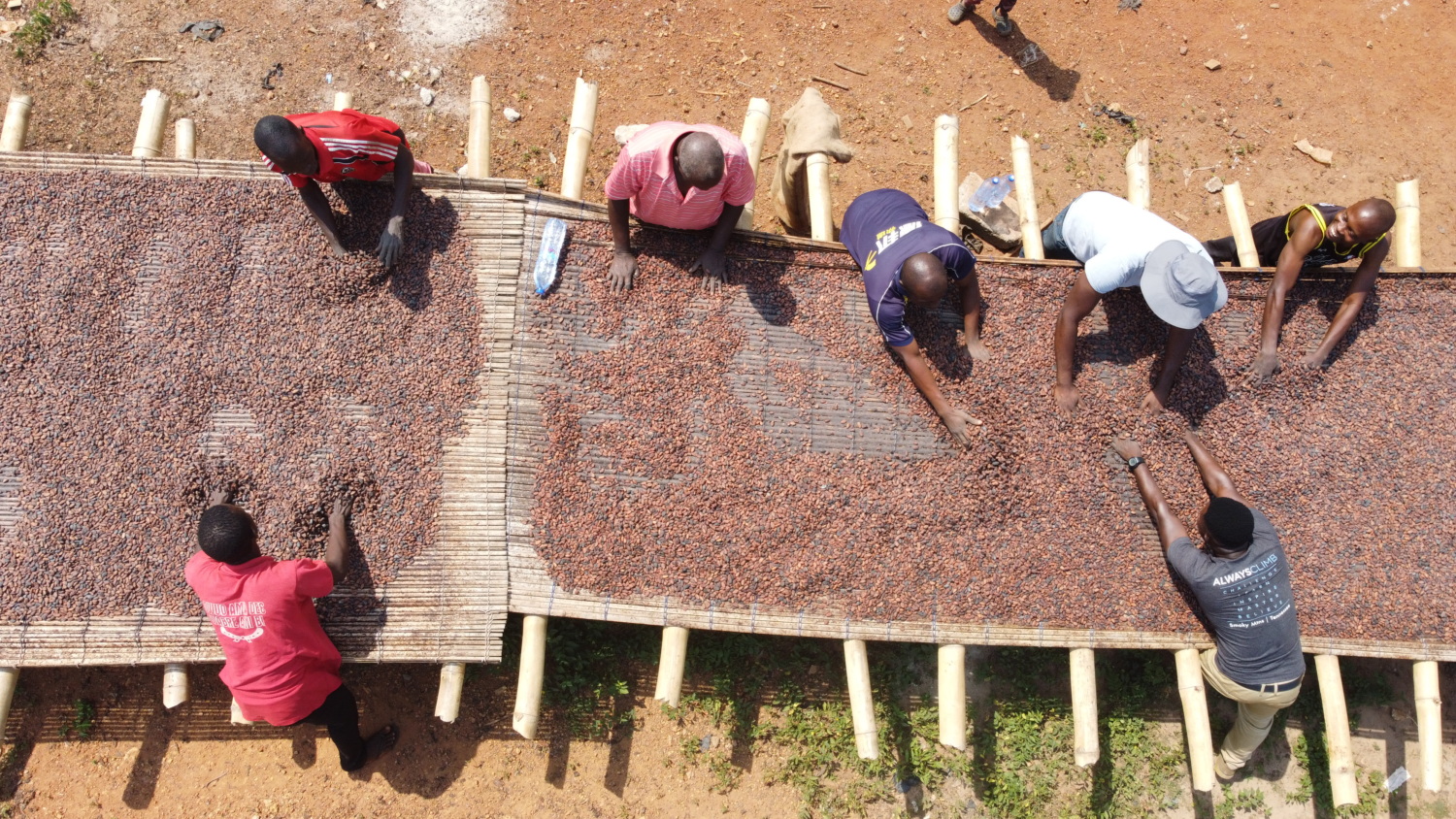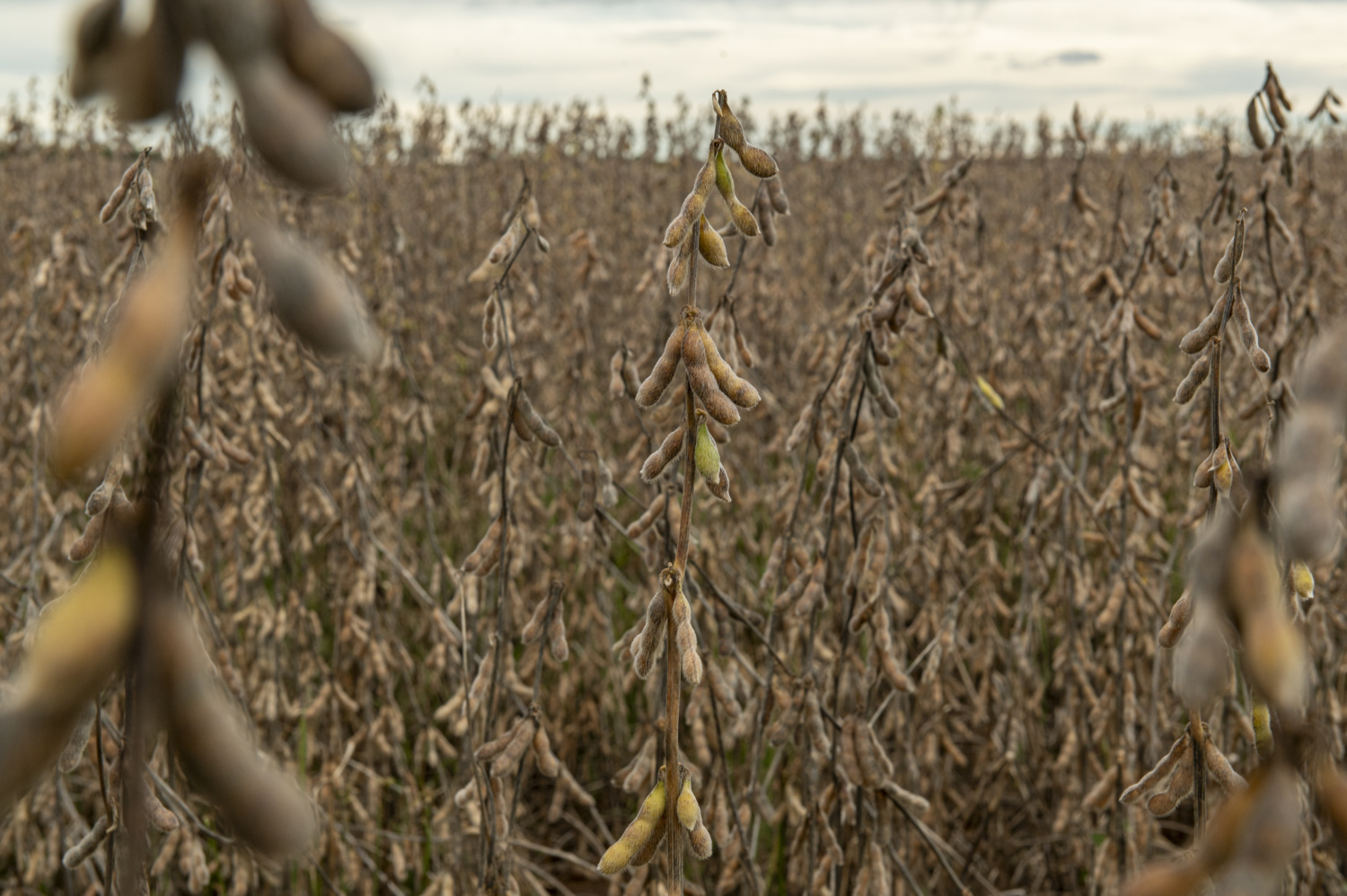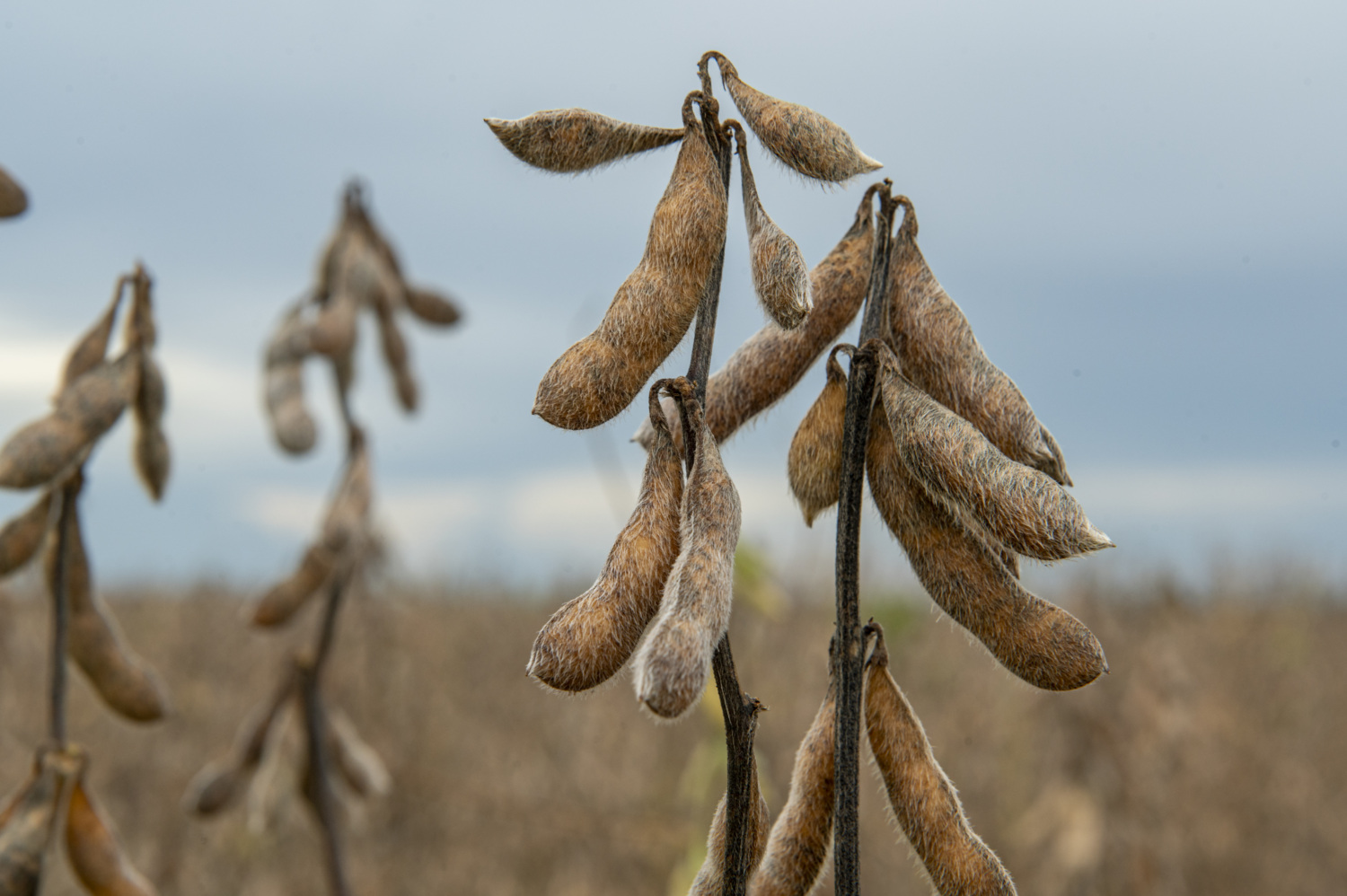
Why West African Farmers Have Fallen Out of Love with Cocoa
By Julian Oram, Policy Director
If you had a bit of extra room and a couple of grand stashed behind the sofa a year ago, you could have made a pretty penny by purchasing a crate of cocoa beans and squirreling them away in your basement. On Valentines Day, 2023, a tonne of cocoa was fetching around $2,700 on the world market. One year later, cocoa prices have crossed the $6,000 threshold, with little sign of the market cooling. Not a bad return, if you’re an investor.
For millions of West African farmers, though, cocoa is not a whimsical investment, or even just a business. It’s a crucial source of livelihood, of income to support their families. In short, it’s a matter of survival.
A sweet deal for some…
Just four African countries – Cote d’Ivoire, Ghana, Nigeria, and Cameroon – account for over 70% of the cocoa traded on world markets. Most of that cocoa, which is predominantly grown by small-scale farmers, ends up in confectionary products destined for consumer markets outside of Africa, sold by global conglomerates such as Mars, Mondelez (owner of Cadbury’s), Hershey, Nestlé and Ferrero.
Until last year, the prices these companies have paid for the cocoa in their chocolate products (often purchased through intermediary traders) had remained steady. In the five years running up to early 2023, cocoa beans were trading at an average of around $2,400/ tonne. This has allowed chocolate manufacturers to make steady profits, with any small fluctuations in cocoa prices quickly transferred to the consumer.
Writing in Time magazine in June 2023, Alana Semuels observed that chocolate companies have not been shy about hiking prices, even when faced with minor inflationary pressure:
The price of cocoa has an effect on the price of the chocolates you buy at the grocery store; even in normal times, cocoa is one of the highest-cost ingredients. And with the inflation of the last two years, chocolate makers have not been shy about raising prices to cover their costs. It’s something Hershey’s has already acknowledged…in April, chief financial officer Steven Voskuil said that “cocoa and sugar in particular are moving in the wrong direction,” referring to commodities prices. In early 2022, even before the invasion of Ukraine, Hershey’s raised prices for its product lines.
As it turns out, cocoa isn’t just a shrewd short-term investment for casual investors with an empty basement but has also been good business over a long period of time for the world’s largest chocolate manufacturers. Very good business indeed.
…A bitter legacy for others
As for the farmers, their story is not so rosy.
The dominance of cocoa in the economies of West Africa is a legacy of colonial administration. Cocoa was introduced by the British in West Africa in the 1890s, where it slowly spread and subsequently flourished under smallholder cultivation. Cocoa was adopted by large numbers of farming families because, as an export crop, it provided a source of cash income for rural households. However, after achieving a high point in the late 1970s, cocoa prices subsequently dropped dramatically, and – with a few notable spikes – have more or less stagnated since.
While inflation has made farming and the cost of living more expensive for rural households over recent decades, the price farmers have received for their cocoa has failed to keep pace, driving many into poverty. In 2021, researchers from the University of Wageningen, in the Netherlands, found that between a third to a half of households in Ghana and Cote d’Ivoire earned a gross income below the World Bank extreme poverty line, while the large majority (73-90%) were earning below a living income. This means they cannot afford enough to pay for basic household needs, such as food, clothing, housing, and medical care.
By comparison Nestlé’s sales figures for chocolate products alone topped CHF 6.2 billion (USD $7 bn) in 2022, while Hershey’s net profit margin was 16.67% as of September 30, 2023.
Aside from its tragic human consequences, the inability of cocoa farmers to earn a living income from cocoa has also had devastating impacts on West Africa’s forests. Experts point out that the number one driver of deforestation in West Africa is poverty, as smallholder producers trying to earn a living seek to expand their farms by pushing into forests and protected areas. Low earnings from depressed cocoa prices also prevent farmers from investing in measures that could improve biodiversity on their farms, such as the adoption of agroforestry techniques.
All the above suggests that the recent spike in cocoa prices on world markets should provide a much-needed boost to struggling cocoa farmers. Right?
Unfortunately, not. The reasons behind the astronomic rise in world cocoa prices over the past twelve months are varied, but to a large extent derive from a series of poor harvests from the main West African producer nations. Low yields have been triggered by unpredictable rainfall, brought about by climate change and an outbreak of a disease affecting the roots of cocoa trees. Low yields have caused a supply shortfall, fueling the recent price spike. So, while so-called “farmgate” prices may eventually rise as commodity price trends filter back through market, the amount of cocoa farmers have to sell has gone down considerably. Investors and traders may be happy, but farmers are still losing out.
Where next for Cocoa?
On the surface, this might all appear to be just another story of capitalist greed writ large: of power imbalances that allow huge corporations to exploit those sitting on the bottom rung of the supply chain ladder.
And to a large extent, it is. For decades chocolate companies and the trading house that supply them with cocoa have extracted value from smallholder farmers, paying low prices, engaging in unfair business practices, and placing the burden of risk for sudden changes in the market on those people in the supply chain least able to bear those risks.
But this story has another facet, one which could surface in ways that significantly and permanently disrupt the industry. The most obvious response to the significant recent jump in cocoa prices in world markets has been an unsurprising series of announcements that chocolate companies are being “forced” to respond by hiking up consumer prices.
But beyond this knee-jerk response (which may test the desire of an inflation-weary public to keep buying confectionary), there is a growing sense that this episode could represent a necessary catalyst for change to the business-as-usual approach of the chocolate industry.
While cocoa is grown in many tropical countries around the world, confectionary manufacturers are still heavily reliant on West African smallholder producers to supply the bulk of their needs for mass-produced chocolate. As such, the industry faces a stark choice: help struggling farmers to cope with climate chaos, or abandon them to their fate, and watch the base of their supply chain crumble (recognising that support by West African government agencies alone will not be sufficient to meet the needs of millions of cocoa-growing households).
Faced with this choice, the big chocolatiers know that they must do more. So, the question is, what is to be done, and how?
All the major cocoa buyers (traders and chocolate companies alike) operate various sustainability programmes in West Africa. Many of these have a “living income” component, whilst others are designed to address specific challenges, such as reducing the worst forms of child labour, improving on-farm biodiversity by distributing tree seedlings, or tackling the overuse of agrichemicals. In terms of livelihoods, interventions include programmes with names like “income accelerator”, “payment for environmental services”, or “livelihood diversification”. Pretty jazzy stuff.
Unfortunately, while useful for addressing some specific needs, these programmes often fail to make a dent in the daily reality of persistent poverty for cocoa farmers. Nor, by and large, are they adequate for helping farmers to build resilience to climate change on their farms.
This is where the opportunity for change must be grasped.
Last week I attended the World Cocoa Foundation Partnerships meeting, two days of discussions amongst chocolate industry figures, cocoa traders, government officials, farmer cooperative leaders, and civil society representatives on a range of critical sustainability issues. At these meetings, which kicked off Amsterdam Cocoa & Chocolate week, I repeatedly heard people talking about the need to provide cocoa farmers with a living income. This was not new.
What was different, though, was that for the first time, a common theme emerging was on the need to pay farmers more for their cocoa, particularly cocoa grown sustainably. This wasn’t just NGO people like Mighty Earth or the VOICE Network – which published an excellent paper on good cocoa purchasing practices in November 2023 – it was also coming (quietly) from people in the industry itself, as well as from representatives of governments.
The impetus for this is also coming from new EU regulations, which has set the clock ticking for companies selling chocolate to European consumers to ensure that all the cocoa in those products is deforestation-free by 2025. That means the big brands quickly need to get a lot better at knowing who their suppliers are – down to the farm level – and start investing in those farms by a) paying producers a price that allows them to earn to a living income for growing deforestation-free cocoa, and b) doing so through fair and transparent contracts. And if it this sounds idealistic and impossible, it isn’t – its already being done by lots of smaller chocolate companies around the world.
The future of the industry hangs in the balance, but by being bold and pioneering new business approaches that properly value both farmers and sustainability within their core purchasing strategies, the big chocolate companies could help set a course for a cocoa sector that is climate resilient, environmentally friendly, ethically responsible, and generates benefits for the many, instead of just the few.


